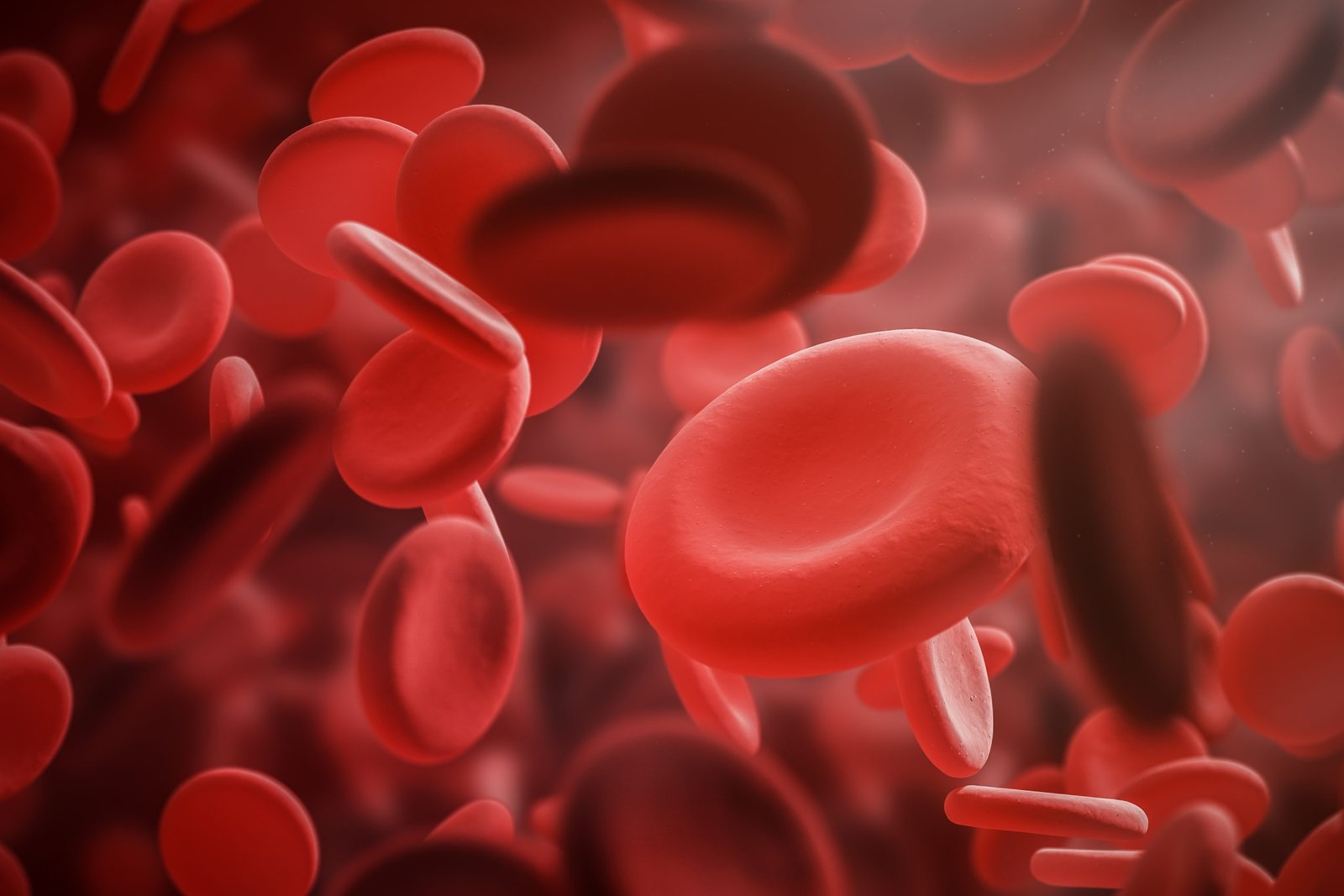Haemophilia is a genetic bleeding disorder characterized by the inability of blood to clot properly. This disorder is caused by deficiencies in clotting factors that are responsible for stopping bleeding. Hemophilia is a life-long condition that affects mostly males and requires a multidisciplinary team of healthcare professionals to manage the condition effectively. In this article, we will discuss the key strategies for managing haemophilia.
Do early diagnosis
The key to managing haemophilia effectively is early diagnosis. Most individuals with hemophilia are diagnosed in childhood, but some may not receive a diagnosis until later in life. Early diagnosis is essential to minimize the risk of bleeding episodes and long-term complications such as joint damage.
Do Comprehensive care
Hemophilia requires a multidisciplinary team of healthcare professionals who can work together to manage the condition effectively. The team may include haematologists, nurses, physiotherapists, social workers, and genetic counsellors. Comprehensive care should include regular assessments to monitor the patient’s clotting factor levels, bleeding history, and joint health. Regular follow-up visits with the haemophilia treatment centre are critical to ensure optimal management of the condition.
Undergo Clotting factor replacement therapy
Clotting factor replacement therapy is the cornerstone of haemophilia management. This therapy involves replacing the deficient clotting factor with a synthetic version. The goal of this therapy is to prevent or stop bleeding episodes. Clotting factor replacement therapy can be administered on demand or as prophylaxis. On-demand therapy is given when bleeding occurs, while prophylaxis therapy is given regularly to prevent bleeding episodes. The frequency and dosage of therapy will depend on the patient’s individual needs.
Carry out Home therapy
Home therapy can improve patient outcomes by reducing the time to treatment and increasing patient independence. Hemophilia patients and their caregivers can be trained to administer clotting factor replacement therapy at home. Home therapy can reduce the need for hospital visits and improve patient quality of life. It is important to note that home therapy requires close monitoring and ongoing education to ensure proper technique and adherence to therapy.
Carry out Exercise and physical therapy
Exercise and physical therapy are essential components of haemophilia management. Regular exercise can improve joint mobility, reduce the risk of bleeding, and improve overall health. Physical therapy can help patients maintain joint health and improve muscle strength. Patients with haemophilia should engage in regular low-impact activities such as swimming, cycling, or walking. High-impact activities such as contact sports should be avoided.
Undergo Pain management
Pain is a common symptom of haemophilia, particularly in the joints. Pain management strategies may include nonsteroidal anti-inflammatory drugs (NSAIDs), physical therapy, and ice packs. Patients with severe pain may require stronger pain medication or joint injections. It is important to work with healthcare professionals to develop an individualized pain management plan.
Bleeding episode management
Despite prophylaxis therapy, bleeding episodes may still occur in patients with haemophilia. It is important to have a plan in place to manage bleeding episodes quickly and effectively. This plan may include self-administration of clotting factor replacement therapy, the use of compression bandages, and seeking medical attention as needed.
Visit a professional for Genetic counselling
Hemophilia is a genetic disorder, and it is important to consider genetic counselling for patients and their families. Genetic counselling can help individuals understand the genetic risks associated with hemophilia and make informed decisions about family planning.
Mental health support
Living with a chronic condition like hemophilia can take a toll on an individual’s mental health. Patients with hemophilia may experience anxiety, depression, or other mental health concerns. Mental health support can be an important aspect of hemophilia management. Patients and their families should be encouraged to seek out mental health professionals who are experienced in working with individuals with chronic illnesses.
Education and Advocacy
Education and advocacy are important components of haemophilia management. Patients and their families should be empowered with knowledge about the condition, including how to recognize the signs of bleeding and how to manage bleeding episodes. Advocacy efforts can help to raise awareness of haemophilia and promote access to care and support for individuals with the condition.
Conclusion
Managing haemophilia requires a comprehensive approach that includes early diagnosis, comprehensive care, clotting factor replacement therapy, home therapy, exercise and physical therapy, pain management, bleeding episode management, and genetic counselling. A multidisciplinary team of healthcare professionals is essential to provide optimal care for individuals with hemophilia. Patients and their caregivers should work closely with healthcare professionals to develop an individualized management plan that addresses their unique needs and goals. Hemophilia can be a challenging condition to manage, but with appropriate care and support, individuals with hemophilia can lead healthy and productive lives.





